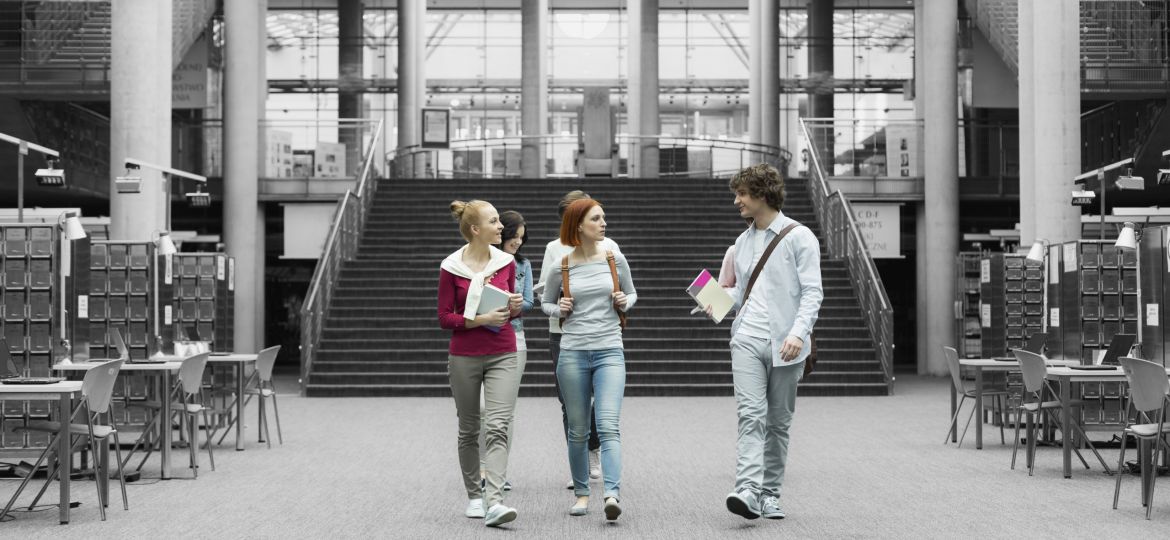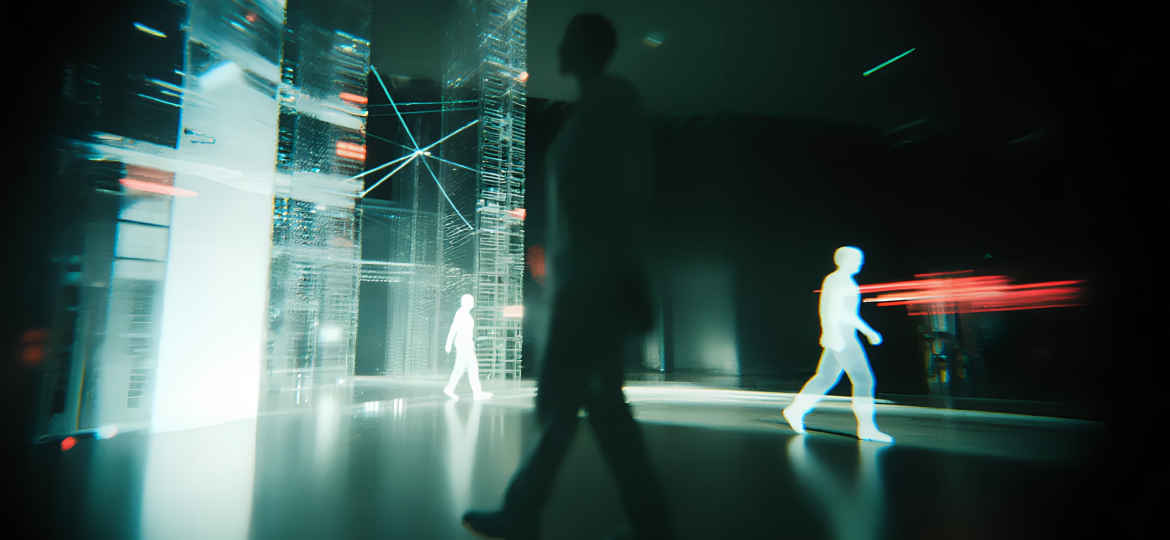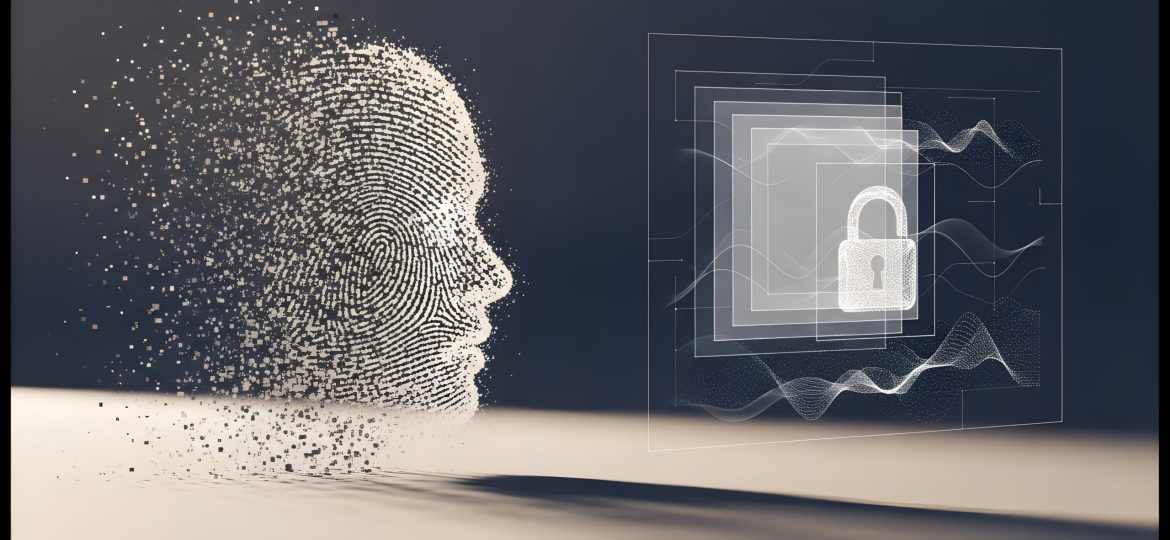In today’s dynamic environments, understanding how people move through spaces is just as crucial as knowing how many are present. People flow counting provides this vital insight, offering a deeper understanding of traffic patterns and enabling significant operational improvements. Let’s explore the key aspects of this technology and how it can revolutionize your space management.
How to Count People Entering or Exiting: Capturing Initial Flow Data
Accurately counting individuals as they enter a space is the foundational step in understanding people flow. Implementing reliable sensor systems at entry points is crucial for capturing this initial movement data. Terabee’s precision sensors are designed to accurately detect and register each entry, providing the raw data necessary for comprehensive flow analysis.
What is People Flow Counting? Tracking the Dynamics of Movement
People flow counting focuses specifically on tracking the movement of individuals through defined areas. Unlike simple occupancy counts, it emphasizes the direction and volume of traffic, providing insights into how people navigate a space over time. This dynamic understanding of flow patterns is invaluable for optimizing layouts, managing congestion, and improving overall efficiency in various sectors, including retail, transportation hubs, and smart buildings. An accurate flow counting sensor can also be used in a safety environment, for example to trigger alarms in events such as an urgent evacuation, where people start flowing in mass and in a very short period of time.
How Does People Flow Counting Work? Capturing Movement with Technology
Effective people flow counting relies on technologies capable of detecting and differentiating the direction of movement. While basic sensors might only count entries and exits, advanced systems like Time-of-Flight (ToF) sensors can accurately track individuals as they move within a device Field-of-View, providing detailed flow data and direction of passages. Video analytics, employing sophisticated algorithms to analyze movement, can also contribute to flow analysis by identifying movement patterns and pathways.
What Types of Smart People Flow Counting Solutions Exist on the Market?
The market offers various smart people flow counting solutions, each tailored to specific needs:
- Basic Directional Counters: Utilizing IR or beam break technology to differentiate entries from exits. Limited to single person passing.
- Advanced Video Analytics: Employing AI to track individuals, analyze movement paths, and identify congestion points.
- Overhead 3D Sensors (like Terabee ToF): Providing precise, top-down tracking of individuals and their movement, even in crowded scenarios, while preserving privacy.
Integrated Flow Analysis Platforms are also part of the solutions, being mostly Software that aggregate data from sensors, visualize flow patterns, and provide actionable insights.
Which is the Best People Counting Technology for Flow Analysis?
For precise people flow counting, the ability to discern direction and movement patterns is paramount. Time-of-Flight (ToF) technology excels in this regard. Its accuracy in detecting depth and movement makes it ideal for understanding how people navigate spaces, offering advantages over technologies that primarily focus on presence detection for occupancy. Terabee’s sensors provide reliable and granular flow data crucial for effective analysis, while avoiding any privacy concern typical of the use of RGB cameras and stereovision sensors.
Why is People Flow Counting Important for Smart Building Optimization?
Understanding people flow is essential for optimizing various aspects of smart buildings. By analyzing movement patterns, building management systems can dynamically adjust lighting, HVAC, and traffic flow to improve energy efficiency, reduce congestion in high-traffic areas like corridors and entrances, and enhance the overall occupant experience. Flow counting data provides the granular insights needed for these intelligent adjustments, leading to more responsive and efficient building operations.
Beyond infrastructure, this data also supports smarter scheduling and resource allocation for operational services such as cleaning, security, and cafeteria staffing—ensuring the right resources are deployed at the right time, based on real people flow trends. This leads to improved service quality, cost efficiency, and a more seamless user experience throughout the building.
What is the People Counting System for Flow Analysis?
A people counting system designed for flow analysis comprises sensors capable of detecting movement direction, a data transmission network, and software for processing and visualizing flow patterns. These systems go beyond simple counts, providing insights into how individuals navigate a space over time.
Is the People Counting System for Flow Analysis Privacy Safe?
Privacy is a critical consideration in people flow counting. Reputable providers, like Terabee, prioritize privacy by offering solutions that often rely on non-image-based technologies like Time-of-Flight (Lidar). These sensors capture depth information rather than identifiable visual data, ensuring that flow patterns can be analyzed without compromising individual privacy. Transparency in data handling practices is paramount.
What are the Pros and Cons of People Flow Counting?
Pros of People Flow Counting:
- Optimized space utilization and layout based on actual movement patterns.
- Improved traffic flow management, reducing congestion and bottlenecks.
- Enhanced operational efficiency through data-driven resource allocation.
- Increased safety and security through real-time monitoring of movement.
- Improved customer experience in retail and service environments.
Cons of People Flow Counting:
- Initial investment in specialized sensors and analytics platforms.
- Potential complexity in integrating with existing building systems, despite the LoRa technology is today a reliable alternative to the hassle of passing PoE cables throughout buildings.
- Accuracy can be affected by sensor placement and environmental factors if not implemented correctly.
Conclusion:
Understanding and optimizing people flow is crucial for creating efficient, safe, and user-friendly spaces. Terabee’s advanced Time-of-Flight sensors coupled with any analytics platforms provide the accurate, reliable, and privacy-conscious solutions needed to master the dynamics of movement within any environment. If you want to check the specs of the leading ToF-based flow counter on the market, more information can be found below.
Baptiste Potier is the Product Director at Terabee, leading the strategy and development of their product range. He holds an engineering degree from a French engineering school and a Master of Science in Embedded Systems and Robotics, providing a strong technical foundation. His background includes hands-on experience in application development, computer vision, and software engineering.



